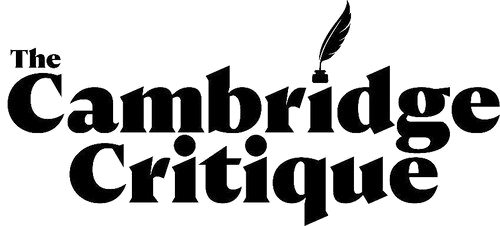HENRY MOORE AT HOUGHTON HALL
Did you realize that here in Cambridge we are on a sort of magic Henry Moore axis - suspended between the unlikely named Perry Green where the Henry Moore Foundation lives and Houghton Hall the Palladian House in Norfolk where the very first East Anglian exhibition of the grand master of British sculpture opens today.? So go in either direction and Henry Moore and his amazing creations await. And you cannot escape him if you take the London route out of town. The new sculpture to arrive in the long- planned renovation of King’s Cross is the massive monolithic bronze Spindle Work whose genesis from large pebble- is on display in this new and exciting show in Houghton’s galleries and grounds. All points are covered so no excuse to ignore this titan of creativity and any trip to see his work is immensely worthwhile.
Although Henry Moore war born in Yorkshire’s coal-mining terrain, Castleford he was surrounded by natural beauty as well as the inspirational man-made slag heaps of the industrial landscape. Nature became the centre of his work – yet his early drawings of miners remind us the world he grew up in. Brutally hard work of miners below ground and an inspiring rural landscape above both inform his work In this carefully curated exhibition at Houghton Hall, Moore devotee Sebastiano Barassi has used the small scale galleries around the gardens to display the way the artist who revolutionized British sculpture moved from his material to his masterpieces. A bone or a stone was enough to start with. Once inspired he cast them in plaster – or more often armatured them – basically constructed a miniature Lilliputian scaffolding around them and thus the core shape was rendered into a maquette. Astonishingly his massive Large Reclining Figure, which sprawls across the elegant eighteenth century lawn at the Hall’s main entrance, began life as a mini-maquette which Moore himself actually cast in lead. It is only inches long – now somewhere in New York. In another gallery lurks the terrifying skull of an elephant . Moore was instantly fascinated by it when he first spied it at the home of his friend Julian Huxley. He studied and sketched it as much as he could and was delighted to find it delivered as a present to him the next day. From this alarming object he created an entire sketch sequence– the book of graphics is on show – and it inspired further sculpture as he progressed in his work.
Sebastiano Barassi, usually at the Hertfordshire end of Henry Moore’s work told me
“ Houghton Hall is a perfect place for the sculptures. They react differently to the two environments - a feature which makes them unpredictable. Open landscapes like the Yorkshire Sculpture Park make them look different again from the formal sweep of gardens at Houghton Hall.”
I wondered if he thought Moore had fallen out of favour in recent years,
“ Well I think there was a dip in his reputation, as young artists saw him as an establishment figure, on every committee and patron of so many institutions. But today a new generation has uncovered Henry Moore and seen him with fresh eyes”
David Cholmondeley owner of Houghton who got the exhibition going in the first place agrees
“The sculptures are so fresh and surprising and contemporary. If someone told you that they were made by a contemporary living sculptor - Jeff Koons for instance - only yesterday, you wouldn’t be surprised. I do hope people from Cambridge do come and see them with the same pleasure as we find in looking at them in this setting”
Henry Moore is on our local East Anglian map . Strangely he has an affinity with the region . His father’s health was ruined by mining pollution, and the family moved from Yorkshire to Wighton – very near Houghton. What would the hard grafting ex- miner have made of his son’s splendid appearance in the wide elegant grounds of the Hall? Moore spent his student holidays working in his parents’ cottage garden. Photographs show him on the nearby beaches with fellow artists, Barbara Hepworth, Ben Nicholson and other friends in the ‘library of natural forms’ the shells and stones and seascape around him. He believed that sculpture was “an art of the open air, daylight, sunlight is necessary to it and for me the best setting . . is nature”
The exhibition runs from today until 29th September







